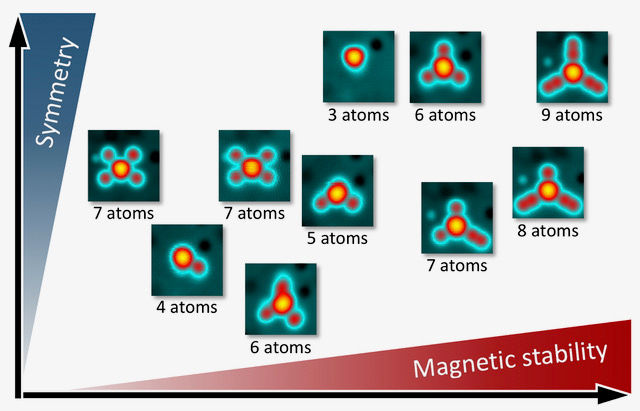Gateway to the brain
Scientists from Duke-NUS Medical School (Duke-NUS) have derived a structural model of a transporter at the blood-brain barrier called Mfsd2a. This is the first molecular model of this critical transporter, and could prove important for the development of therapeutic agents that need to be delivered to the brain --- across the blood-brain barrier. In future, this could help treat neurological disorders such as glioblastoma.

This image shows the structural model of critical transporter, Mfsd2a.
Duke-NUS Medical School
Currently, there are limitations to drug delivery to the brain as it is tightly protected by the blood-brain barrier. The blood-brain barrier is a protective barrier that separates the circulating blood from the central nervous system which can prevent the entry of certain toxins and drugs to the brain. This restricts the treatment of many brain diseases. However, as a transporter at the blood-brain barrier, Mfsd2a is a potential conduit for drug delivery directly to the brain, thus bypassing the barrier.
In this study first author Duke-NUS MD/PhD student Debra Quek and senior author Professor David Silver used molecular modeling and biochemical analyses of altered Mfsd2a transporters to derive a structural model of human Mfsd2a. Importantly, the work identifies new binding features of the transporter, providing insight into the transport mechanism of Mfsd2a.
"Our study provides the first glimpse into what Mfsd2a looks like and how it might transport essential lipids across the blood-brain barrier," said Ms Quek. "It also facilitates a structure-guided search and design of scaffolds for drug delivery to the brain via Mfsd2a, or of drugs that can be directly transported by Mfsd2a."
Currently this information is being used by Duke-NUS researchers to design novel therapeutic agents for direct drug delivery across the blood brain barrier for the treatment of neurological diseases. This initiative by the Centre for Technology and Development (CTeD) at Duke-NUS, is one of many collaborative research efforts aimed at translating Duke-NUS' research findings into tangible commercial and therapeutic applications for patients.
Original publication
Most read news
Other news from the department science

Get the analytics and lab tech industry in your inbox
By submitting this form you agree that LUMITOS AG will send you the newsletter(s) selected above by email. Your data will not be passed on to third parties. Your data will be stored and processed in accordance with our data protection regulations. LUMITOS may contact you by email for the purpose of advertising or market and opinion surveys. You can revoke your consent at any time without giving reasons to LUMITOS AG, Ernst-Augustin-Str. 2, 12489 Berlin, Germany or by e-mail at revoke@lumitos.com with effect for the future. In addition, each email contains a link to unsubscribe from the corresponding newsletter.
Most read news
More news from our other portals
Last viewed contents

Making stresses in plastics and components visible - Research team led by TU Chemnitz develops dyes that continuously indicate stresses and their strength in plastics and components by changing colour

Herpes virus decoded using new methods - A comprehensive systems biological analysis of the herpes virus genome has caused some surprises

Physicists propose a new method for monitoring nuclear waste - Scenarios for using neutrino detectors in nuclear interim storage facilities

Nano Puzzle for More Stable Data Storage

New sensor system improves detection of lead, heavy metals - PNNL develops inexpensive portable detection system for rapid, accurate analysis of toxic metals

Laser metronome achieves record synchronization - First attosecond timing in a kilometre-wide laser-microwave network

Ultra-fast switching of helicity of circularly polarized light pulses - The ultra-fast change of light helicity is particularly interesting to observe processes in magnetic materials
New X-ray procedure offers insights into iridium compounds for practical applications - Exotic properties





















































